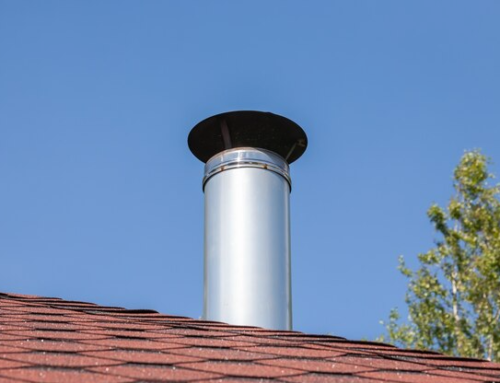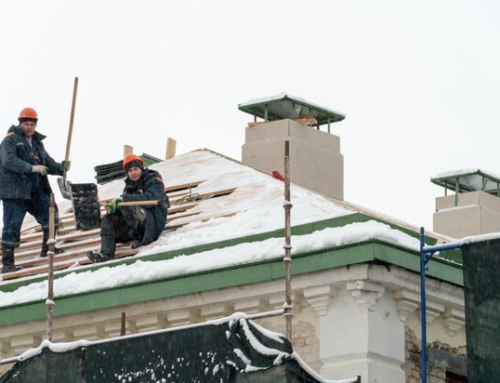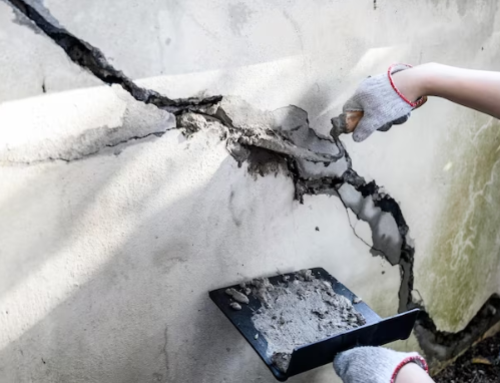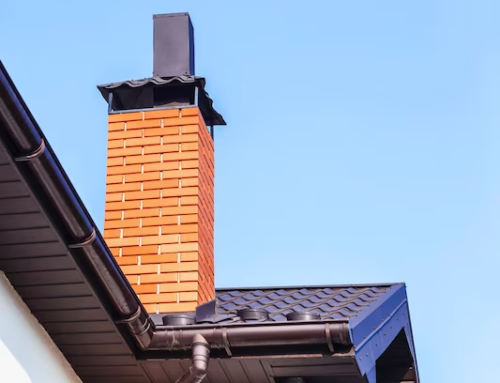Even if the fracture is only a little crack, a fireplace or stove should never be utilized if the flue has any form of breach. Let’s have a look at the dangers of chimney cracks:
Leaking of Toxic Combustion Gases
A chimney liner keeps harmful gases from entering your home. Even a minor breach might allow dangerous gases to flow into the living space. This exposes the home’s residents to lethal carbon monoxide.
Carbon monoxide has no taste, odor, is colorless, and is non-irritating. It can quickly become lethal, especially if everyone is sleeping. Carbon monoxide poisoning is regarded as the “silent killer” because it can cause tissue damage and death if left untreated for long periods. It’s critical to have a working carbon monoxide detector at home.
House Fire
A flue liner is so important for fire safety that you should not use the fireplace if it is broken. Clay tile liners are used in most chimneys as they are affordable, robust, and effective, although prone to cracking.
Pyrolysis is a method of reducing the temperature at which wood and other flammable materials ignite. The increased temperature and toxic materials in the chimney can fracture, deform, or break the tiles, raising the chances of the fireplace’s fire spreading to surrounding flammable construction materials.
Moreover, a buildup of creosote on the liner might also start a fire in the chimney. Until a chimney inspection uncovers fire damage to the flue liner, many homeowners are unaware that they have a fire in their chimney.
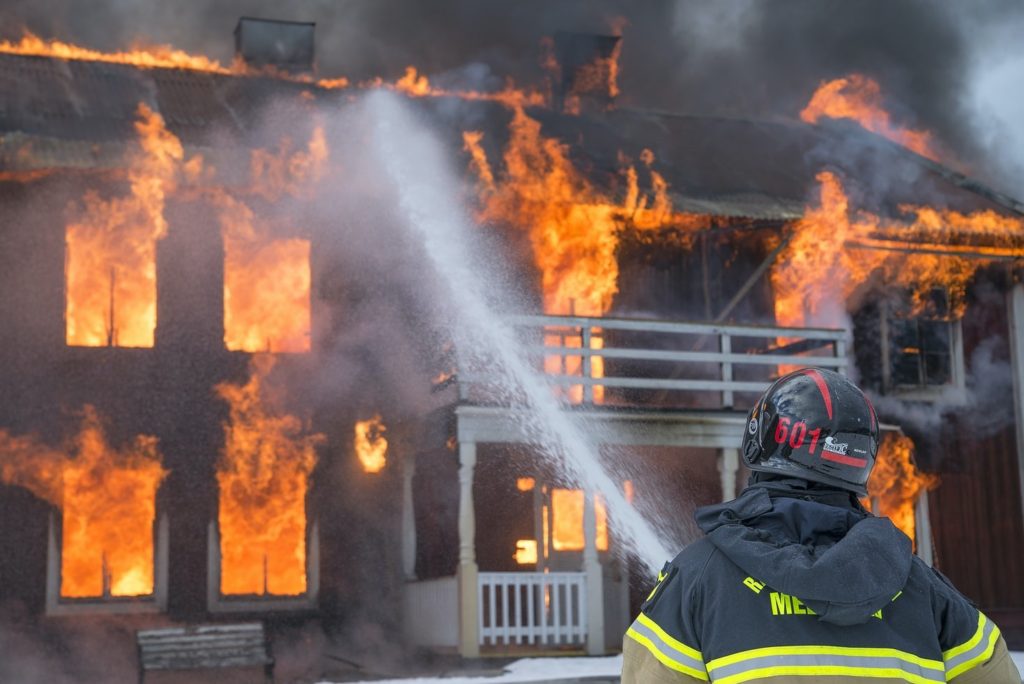
Structural Corrosion
It could cause acidic flue gas components to reach brick and mortar. Exterior masonry is exposed to the damaging effects of moisture due to rapid erosion of mortar joints. Chimneys begin to lean and are at risk of collapsing if repairs are not undertaken.
Chimney Inefficiency
A rupture harms the functionality of the venting system in the chimney liner. With a damaged chimney flue, drafting that draws harmful gases out through the chimney is less productive. If a new fireplace or stove has been built, it is important to ensure that the device has the right flue size to ensure efficiency.
Sluggish venting can also lead to an increased buildup of creosote, which increases the risk of a catastrophic chimney collapse.
Wrong Flue Size
Flue liner damage is common in a chimney with an inadequately sized flue for the heating device. It can lead to an abnormal buildup of creosote, hasten the liner’s deterioration and raise the risk of fire and hazardous gases. The indications of flue liner deterioration are not always evident, so annual chimney monitoring is required.
The flue liner will last longer if you clean your chimney regularly. Many homeowners opt for a stainless-steel flue liner when it’s time to repair or replace their flue liner. It’s more long-lasting, efficient, and simple to maintain. Make an appointment with a professional chimney sweep to assess your flue liner’s current condition.
Now that you know what to look for when choosing a chimney repair company, you know who to reach out to if you need any services for your chimney or fireplace in CT.
Make an appointment with our professional team at CT Chimney Repair today, and we will help you prepare your home for this winter.

